People often say it’s the journey that matters more than the destination, and for me today this seems especially true. You see, today I’m starting at the destination and working my way back to the beginning, mirroring the footsteps of Gertrude Stein who liked to walk across Paris, back to 27 Rue de Fleurus, after sitting for Pablo Picasso (she estimated 80 – 90 times) at Le Bateau Lavoir, his studio in Montmartre. Today, the product of those sittings,The Portrait of Gertrude Stein, is one of the artist’s most famous works.
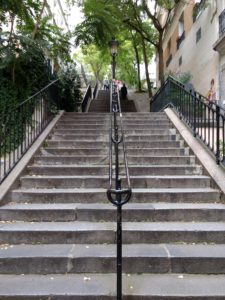
When you come to Montmartre, it is inevitable that you will eventually have to head upwards. To assist you, you can take a funicular or a little white train (that looks like it’s been lifted from Santa’s workshop), but I decide to fall in step behind a handful of people and get to work on those stairs. At the top, before I hit the dizzy of tourists, I pass a lone accordion player, sitting on a low wall, playing Bob Dylan’s “Blowing in the Wind.” He smiles at me, and I smile back. A prized quiet exchange in Paris.
I tend to think the best way to get to know Montmartre, like most neighborhoods in Paris, is simply to wander. Yes, you’ll probably get lost, and you’ll encounter loads of shops selling tacky trinkets that you don’t want but will probably buy anyway, but you’ll also find unexpected corners of street art and stalls selling cheap eats and cheap goods. FYI: Sympa is the place to go wade through bins of discount designer seconds. Besides, one of the nice things about Montmartre is that while it is easy to get lost in its winding, cobblestoned streets, it’s also easy to get found again if you just look toward the Sacré-Cœur. (Interestingly, the basilica is only 100 years old, which feels incredibly modern in a city like Paris.) Many claim that the Sacré-Cœur offers the best views of Paris in the entire city, though on a nice evening you might have to fight through the crowds to get a glimpse. Still, it’s worth it.
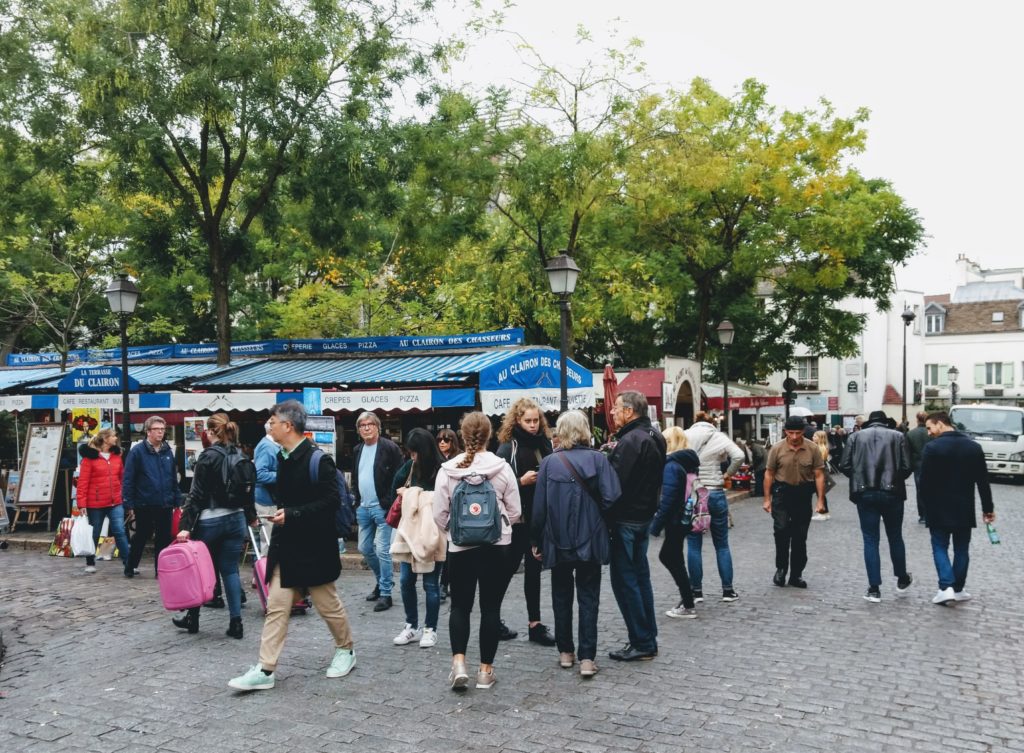
I’m not here today, though, to gaze at the view. I’m here to walk back home, so I don’t do too much exploring. At busy Place de Terte I pass artists trying to persuade tourists to buy their watercolors or pose for portraits. I wander over to the Moulin de la Galette, the second of only two windmills left standing on Montmartre. It’s now a restaurant, but in the past it was made immortal in paintings by Van Gogh, Pissarro, and (most famously) Renoir. It’s less well known than the Moulin Rouge, but artistically and historically it’s just as important.
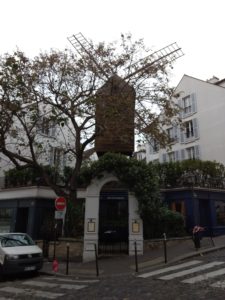
The Moulin de la Galette is just up (up, up) the street from one of Van Gogh’s residences, so I head down to see it. At 54 Lebec I spot two fellow nerds snapping photos of the plaque announcing that Vincent Van Gogh once lived here from 1886-1888 with his brother, Theo. We swap triumphant grins before I spin around and re-ascend.
I finally make my way to Le Bateau-Lavoir (which translates to “the boat washhouse”) which faces Place Émile Goudeau (once known as Place Ravignan). It’s perhaps one of the most important art studios in the world. From 1889, artists began taking up residence here — including Juan Gris, Max Jacob, Modigliani, and on and on — though perhaps its most famous resident was Pablo Picasso who painted the groundbreaking Les Demoiselles d’Avignon here. Of the studio he once wrote: “I know we will make it through the Bateau Lavoir. There we were truly happy, we were considered as painters and not as curious animals.”
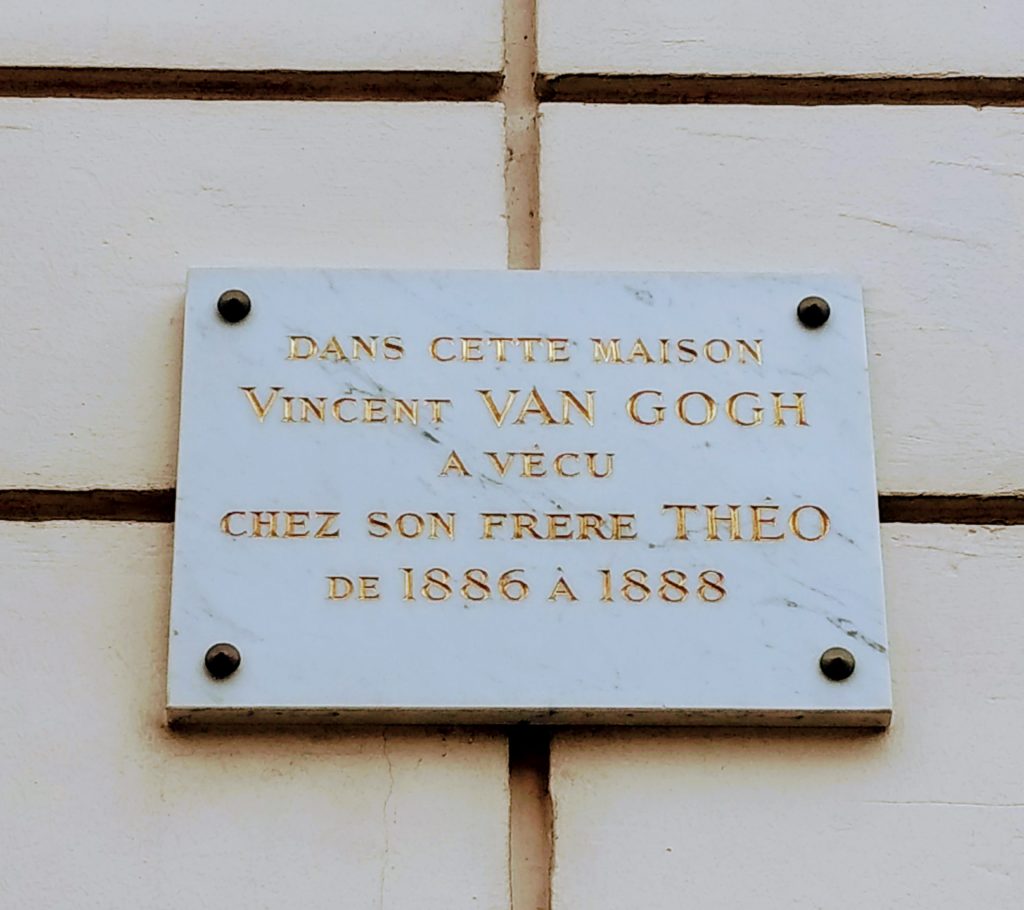
Keep in mind, folks, that when these artists took up residence at Le Bateau-Lavoir, they were young, penniless, and unknown. Winters were miserable; summers were even more miserable. Most of them had barely enough money to pay for their next meal. Picasso himself was just another poor artist, a foreigner living and working in Paris developing his craft.
And then he met Gertrude Stein.
I have been curious by the friendship between Gertrude Stein and Pablo Picasso since reading The Autobiography of Alice B. Tolkas — penned by Gertrude Stein, of course, though that’s another story. Gertrude Stein, in my eyes, was a sort of matriarch of the art and literary movement in the early 20th century in Paris. She and her brother Leo came to Paris in 1903, just after she had dropped out of medical school, where they set up at 27 Rue de Fleurus, Gertrude Stein writing and Leo painting. They bought art, a lot of art, typically unknown and unappreciated artists — Gauguin, Matisse, Cézanne, Braque — artists whose work today hangs on the walls of museums around the world. In 1907 Gertrude Stein met Alice B. Tolkas, and together they hosted a Saturday night salon, a must-attend event that became a sort of pilgrimage for new artists. Gertrude Stein became part critic, part mentor to so many, but one of the most important friendships to emerge in this era was between her and Picasso. Gertrude Stein was one of the first supporters of his work; without her, Picasso might never have become “Picasso” (or at least not the Picasso we know).

Gertrude Stein was clearly a flâneuse. In The Autobiography of Alice B. Tolkas we learn that after sitting for Picasso “[s]he…formed the habit which has never left her of walking around Paris, now accompanied by the dog, in those days alone.” Her home at 27 Rue de Fleurus may have been her domestic core, her stability, but she walked daily just as she read and wrote daily; walking helped her thrive.
With a quick glance at a map, I see that all I have to do to get back to the 6th arrondissement is head downhill, walking in a straight line, or the closest thing to a straight line that one can walk in Paris. I have no idea what route Gertrude Stein took. I just know that she would walk down the hill, from Le Bateau-Revoir back to 27 Rue de Fleurus. I envision her slowly strolling the streets from the 18th arrondissement back to the 6th, most often alone though sometimes joined by Picasso, perhaps with no clear route in mind.
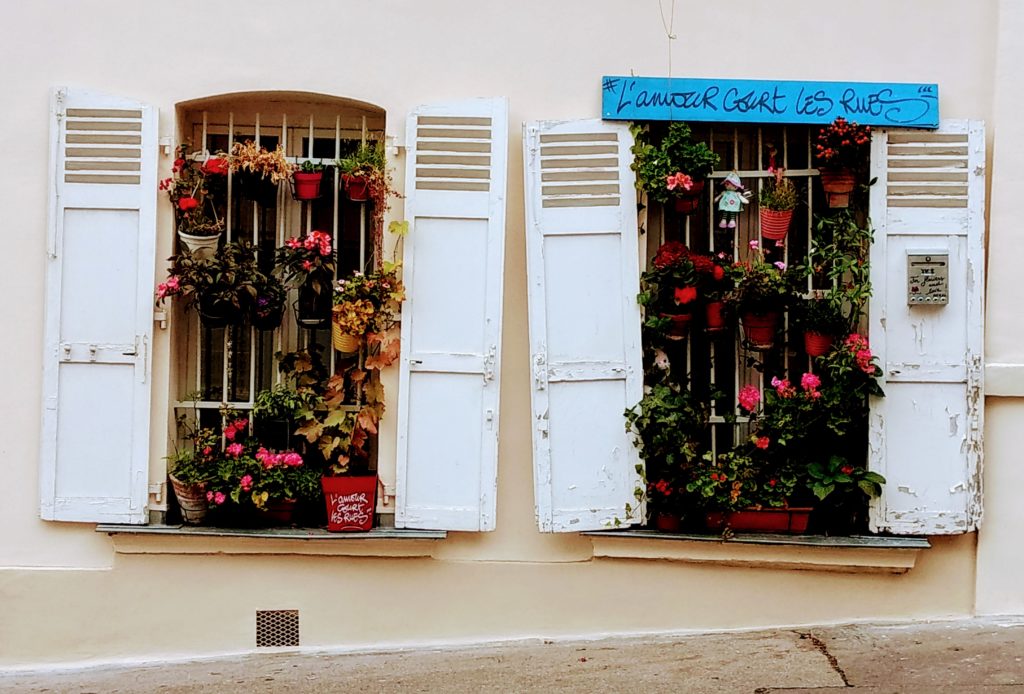
Within minutes of starting, before I even get to the Moulin Rouge, I pass by and decide to stop for lunch at Café des 2 Moulins, which is the café made known by the film, Amelie. Given how many people stop to take a photo and how often I hear them exclaim excitedly, “This is where Amelie worked!”) I’m surprised that the place is still reasonably priced and offers a decent menu. It seems to celebrate its famous fictional star without being overly kitschy.
After I eat, I stroll through the crowds on the streets, crossing Boulevard de Clichy and heading onto Rue Blanche. I first walk on narrow sidewalks maneuvering between businessmen and women heading back to the office after lunch, then pass in front of cafés where Parisians linger over coffee, and cross busy intersections of wide streets clustered with tourists snapping photos in front of l’Elise de la Trinité and l’Opéra, I find myself trying to imagine the Paris that Gertrude Stein saw during these long, typically solitary walks. Of course, many of the key monuments and buildings I see now were there then, but she certainly didn’t pass Starbucks, offering free WiFi; she didn’t pass electric scooters or people staring at their cell phones. There would have been fewer people, fewer cars (and more horses) but still she walked through a city that was alive with creative energy. We — I — tend to romanticize the Paris of the early 1900s, and as I walk I wonder, is that same romance still here? Or has it evolved into something else just as the storefronts have evolved, the technology has evolved, the people have evolved?
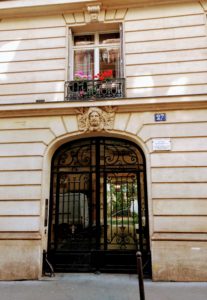
I navigate the rush of people lining up at the Place du Carroussel in front of the Louvre, crossing over the Seine back to the Left Bank. I know that Gertrude Stein loved to talk to people. As I enter St. Germain, I wonder, did she stop and chat with strangers on the street? Stop at a café for a quick apértif? Was she meditating as she walked? Composing a poem in her head? I don’t have the answers to these questions; there isn’t a lot of information out there on her walks. Gertrude Stein was, in many ways, put on the back burner of the modern era, in spite of the fact that she played such a pivotal role in it (more on that later!) But eventually I do know that she would arrive back at 27 Rue de Fleurus, back to Alice and perhaps an awaiting dinner. Perhaps Picasso and his lover Fernande would be with her and they would join the salon, for another evening of talk about philosophy, art, literature.
Today, when I land at 27 Rue de Fleurus and start thinking about walking back to my own home, my miniature cozy apartment just minutes away, I realize, maybe for Gertrude Stein, home was always her destination. Maybe walking for her, with all of its unexpected turns and discoveries, was a way to take her back to where she began.
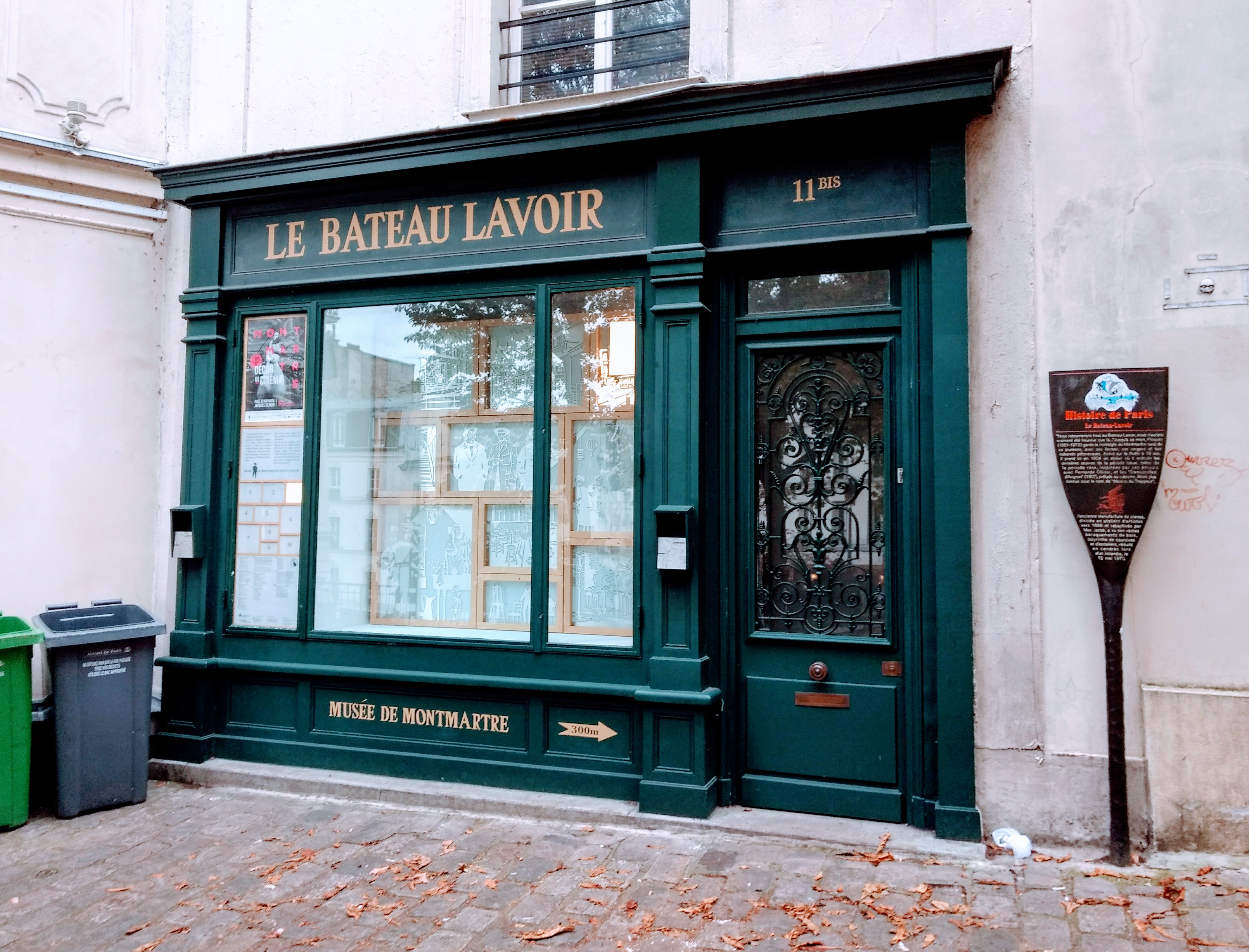



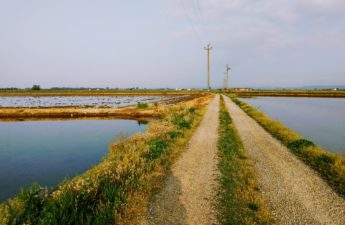
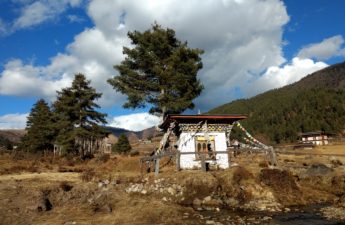

Now that I’ve just today seen Gertrude’s home at 27 Rue de Fleurus, just finished reading her AUTOBIOGRAPHY OF ALICE B. TOKLAS, just walked 4.8 miles in Paris with more to go today, I absolutely love that your words paint such vivid images to me! (Seems possible I could have been here then—in a former life?)
I’m glad you’re enjoying going to these same places with me!
Must add “Autobiography of Alice B. Toklas” to my reading list! (I’m only a little embarrassed that I’ve gone this long without reading it….)
It is a bit hard to sort through all of the names — I’ve heard of many, of course, but not heard of many as well! But the basic concept is damn brilliant, and it’s a quick read (especially in comparison to some of Stein’s more abstract work). Enjoy!